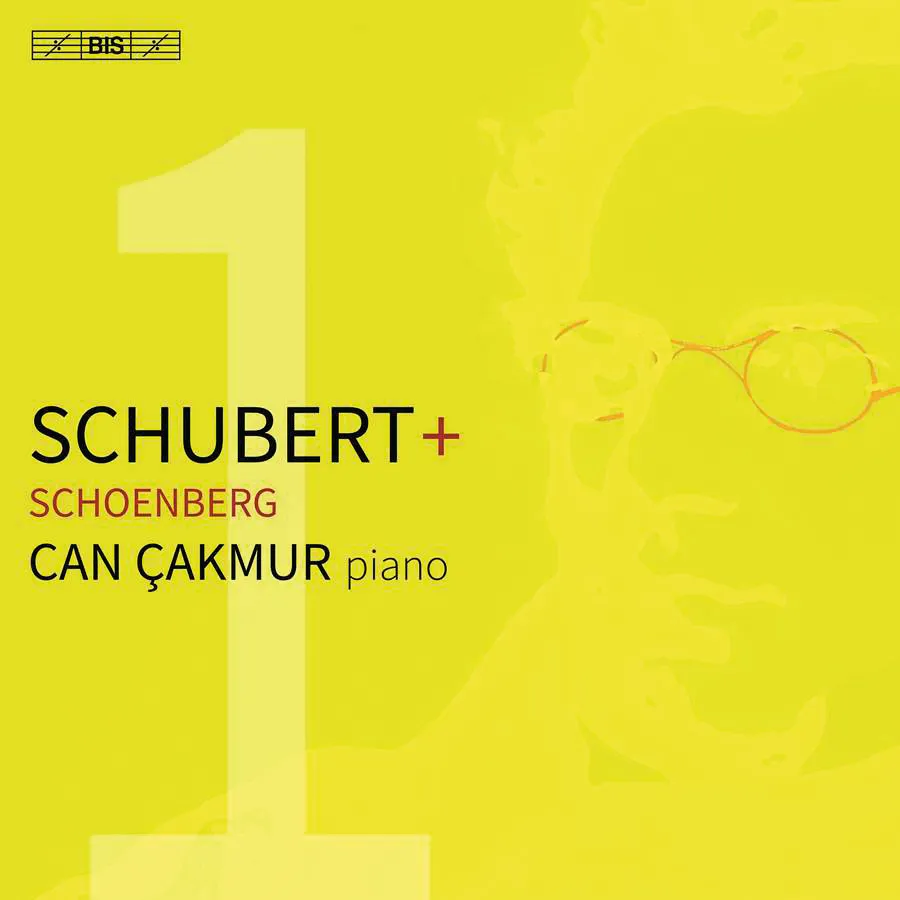
Schubert + (Vol. 1) Schubert: Piano Sonatas –No. 4 in A minor, D537; No. 20 in A, D959; Schoenberg: Klavierstücke, Op. 11 Can Çakmur (piano) BIS BIS-2650 (CD/SACD) 79:58 mins
Turkish pianist Can Çakmur offers a well-thought-out programme in this inaugural volume of his Schubert+ cycle. The second movement of Schubert’s first completed sonata, D537, provided the composer more than ten years later with the theme for the finale of his A major Sonata, D959; and the remarkably wild and unruly middle section of D959’s slow movement led Çakmur to include the Three Pieces, Op. 11 of 1909 by another great Viennese composer, Schoenberg.
Çakmur as a player has a strong personality and a sometimes quite free and rhapsodic style, yet is always alive to the music’s natural ebb and flow; he’s particularly successful in the Schoenberg and in the outer movements of the Schubert sonatas. Rather less satisfactory, though, are Schubert’s slow movements. In that of the early sonata, Çakmur plays the opening theme virtually without any pedal. Although Schubert wants the accompaniment to be staccato, the overly dry sound robs the right hand’s melody of warmth, making it sound more martial than lyrical.
More seriously lacking in tenderness are the barcarolle-like outer sections in the late A major Sonata’s Andantino: the drooping left-hand octaves sound blunt and over-phrased, so that the melancholy melody that unfolds above them fails to float as it should. Nor is Çakmur well served by a rather harsh and metallic piano sound, particularly in the upper register.
Misha Donat
